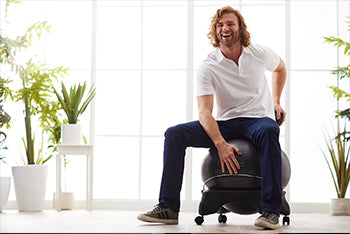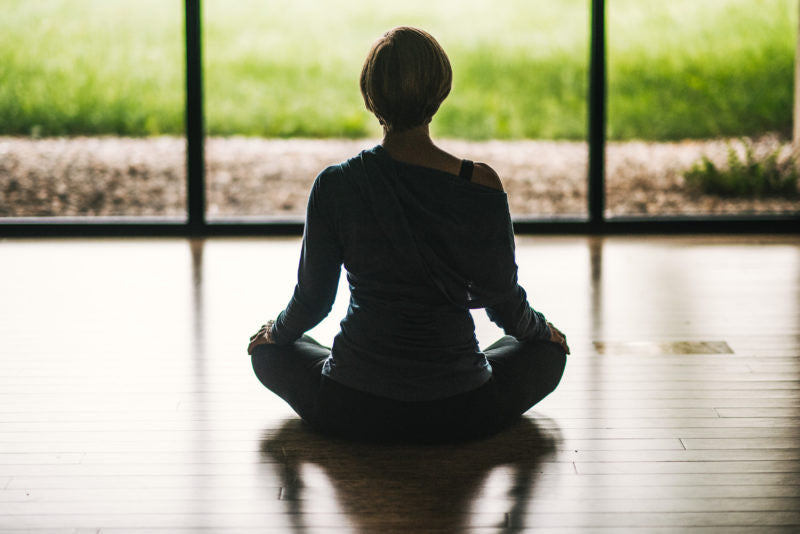I’ve been meditating regularly for over a year now, a practice adopted after the urging of a trusted and respected colleague. “When we quiet our mind’s prattling, we see the roots of our unease more clearly,” she said over coffee last winter. “Whatever comes up, you simply face it.” This advice came on the eve of the last day at my job; one that I had worked hard to get, and worked even harder to love. After three years, I’d made the choice to move on, and I was terrified of the unknown.
My mind has always been a loud and agitated place, firing from one subject to the next, constantly refreshing, idling and ready for its next assignment even while I sleep. As I grew older, my mind’s restlessness veered into full-blown anxiety. A master of self-sabotage, it can easily lead me down a rabbit hole of fear, unease, and panic, often paired with a tight neck, pounding heart, and a numb right hand. My dad has long suffered the same condition, only ever seeking help through rolling bong hits. Convinced that I’m not held hostage by my genetic predispositions, I set out to take back control.
Meditation didn’t start easily. I began with just three minutes, battling urges to check my email, shoving off reminders of the next day’s schedule, stifling questions about whether the chicken for dinner is already thawing. Over time, three minutes turned into five minutes, and five minutes turned into ten minutes. I began visualizing dumping the chatter’s contents into a bottomless pool, watching as it faded deeper and deeper into oblivion. And what happened when it disappeared completely?
Nothing. And it was glorious.
Slowly, I began to realize that I don’t have to be at the mercy of my thoughts. I don’t have to be controlled by a racing mind and a growing to-do list. I am not those feelings. I am not those uncompleted tasks. I am not that creeping swell of panic. I am separate from all of those things. This realization was both liberating and empowering, granting me the captain’s seat at the helm of my own mind.
These days, I meditate for 20 minutes most days of the week. The chatter still has its place during the first few minutes of my practice, the thoughts shuffling single file into the bottomless pool. What I’m left with is mine to choose. Some days, I see nothing but color. Other days, I see the solution to a current problem with crystal clarity. And on other days, I see an older version of myself, ready to counsel me on what nags with polished wisdom and grace. This time and space is sacred, and it’s mine.
Many people think meditation is too new-agey, too undefined, or too time-consuming. But when you strip away the preconceived notions and the stereotypes, you’re left with a quiet time to reflect, to process, and to simply breathe. That’s something we can all get behind.










